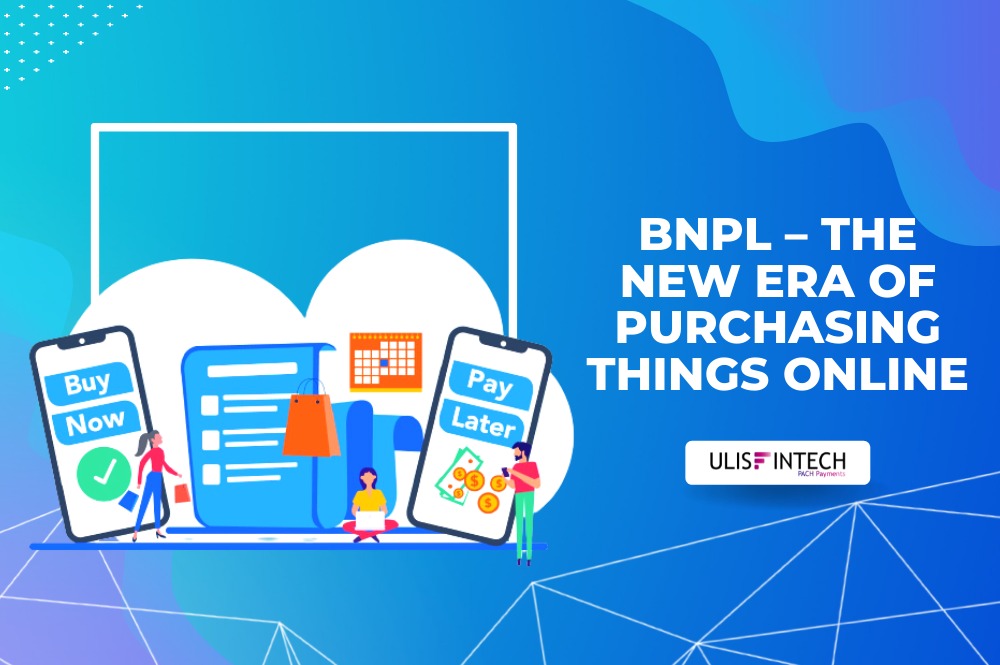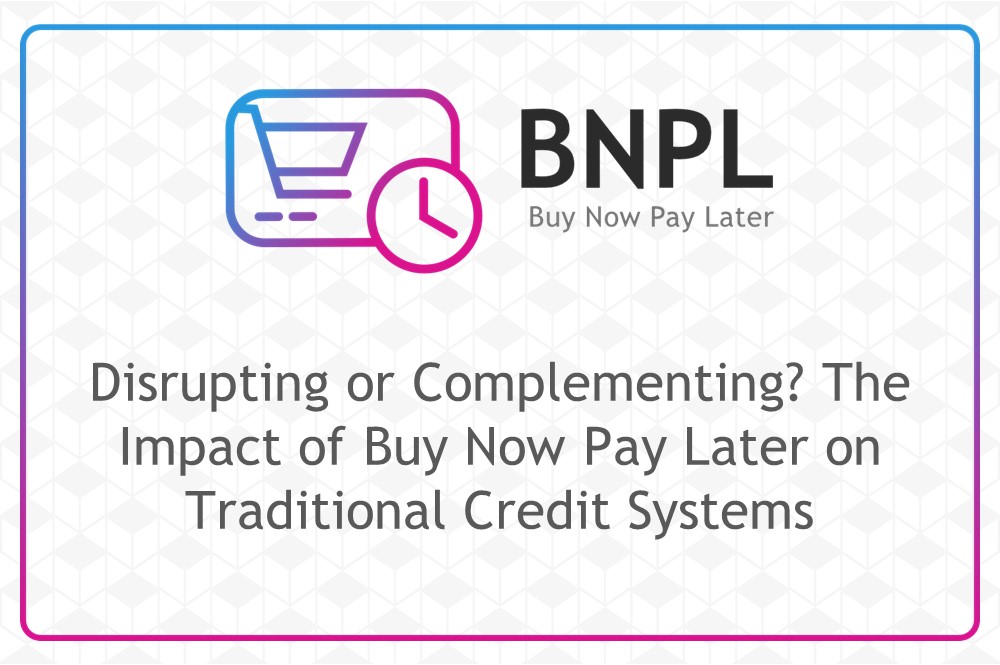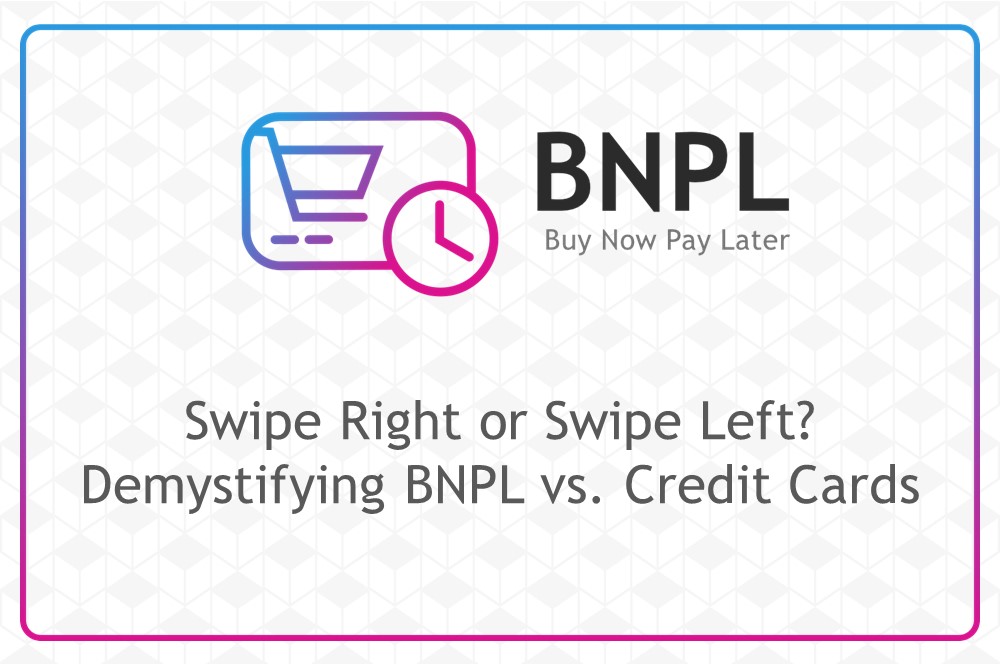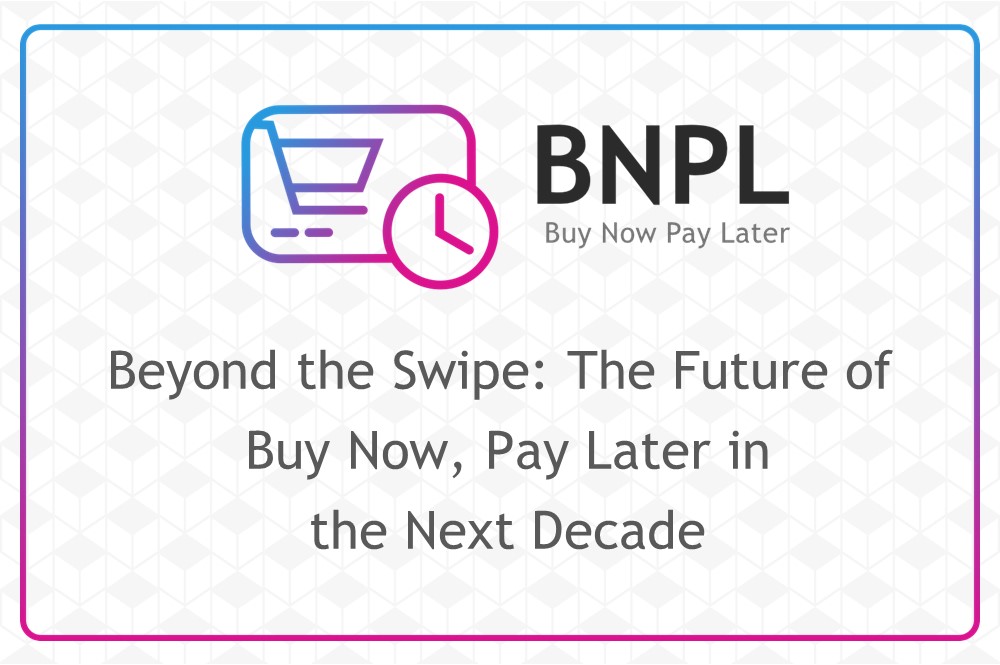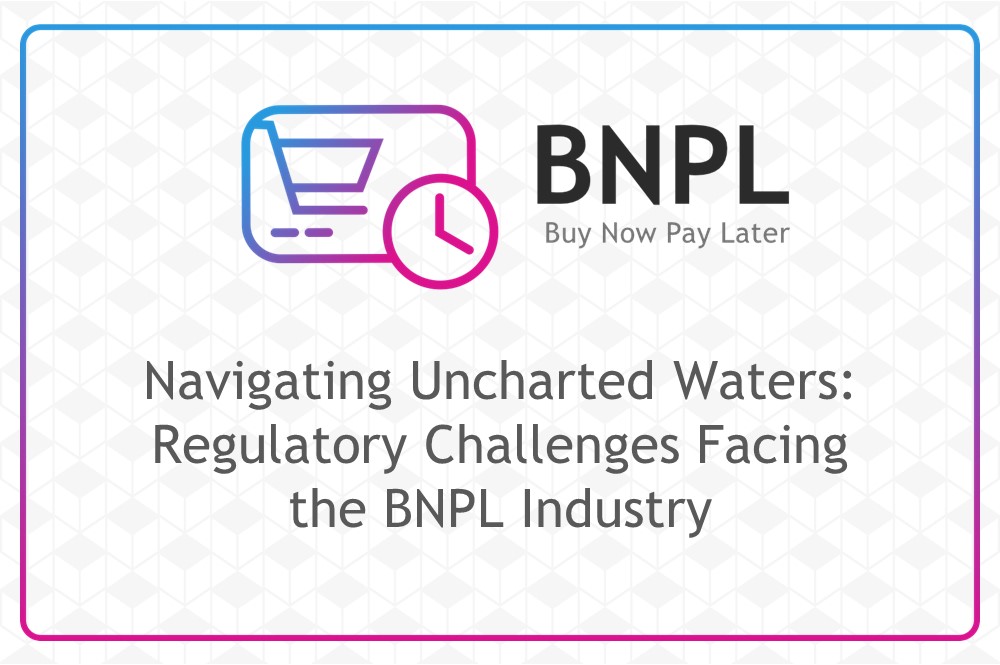Buy Now, Pay Later in Healthcare: A Prescription for Progress or Financial Peril?
May 22, 2025 - 2 MINS READ
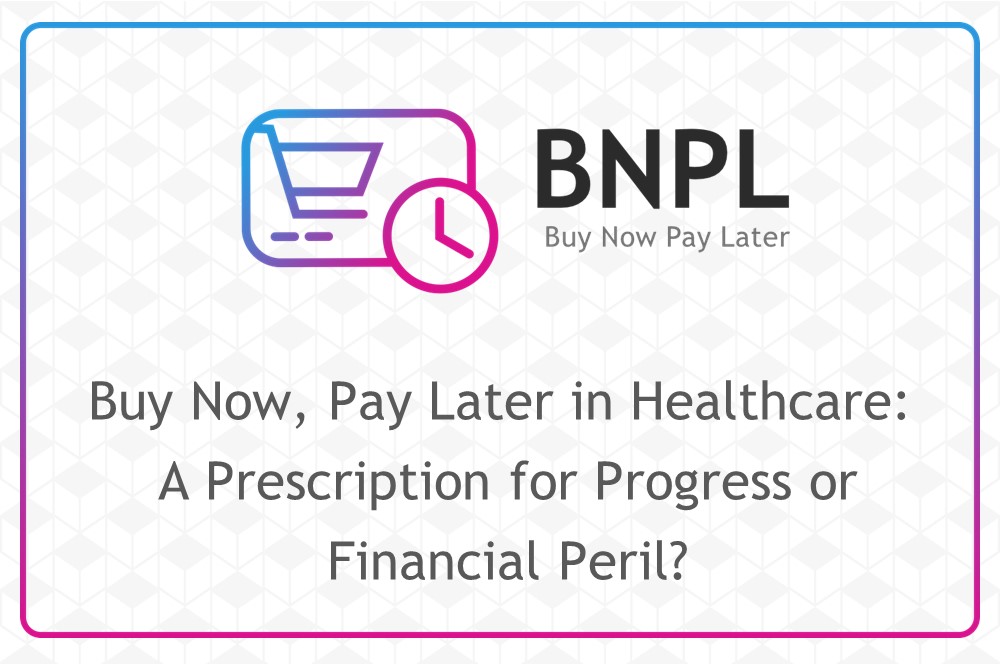
Healthcare costs are a growing concern globally. For many, even essential medical procedures can be financially out of reach. Buy Now, Pay Later (BNPL) services, with their flexible payment options, are emerging as a potential solution. However, integrating BNPL into healthcare financing presents both promising possibilities and potential pitfalls. Let's delve deeper into the future prospects of BNPL in this critical sector.
A Glimmer of Hope for Patient Affordability:
BNPL offers several potential benefits for improving patient affordability in healthcare:
-
Spreading Out Costs: BNPL allows patients to break down large medical bills into smaller, more manageable installments. This can make critical treatments more accessible, potentially alleviating the financial burden associated with healthcare.
-
Improved Payment Flexibility: BNPL offers greater flexibility compared to traditional financing options like medical loans. This can be particularly helpful for unexpected medical emergencies or procedures with variable costs.
-
Financial Inclusion: BNPL can be a game-changer for underinsured or uninsured individuals. It can provide them with access to necessary healthcare services they might otherwise forgo due to financial constraints.
-
Boosting Preventive Care: By making healthcare more affordable, BNPL can encourage preventive care, leading to better overall health outcomes and potentially reducing long-term healthcare costs.
The Potential for Peril:
Despite the promising prospects, integrating BNPL into healthcare requires careful consideration of potential drawbacks:
-
Debt Burden and Overspending: BNPL can lead to over-indebtedness, especially for patients facing financial hardship. Careful vetting and responsible lending practices are crucial to prevent this.
-
Predatory Practices and Hidden Fees: The BNPL market in healthcare is still evolving. Unscrupulous providers might exploit a vulnerable patient population with hidden fees or predatory lending practices. Strong regulations are needed to protect patients.
-
Impact on Treatment Decisions: The ease of BNPL might lead patients to prioritize affordability over the best course of treatment. Ethical considerations regarding cost-benefit analysis are essential.
Building a Healthy Future for BNPL in Healthcare:
To ensure a responsible and beneficial future for BNPL in healthcare, a multi-pronged approach is necessary:
-
Regulation and Consumer Protection: Regulatory frameworks need to be adapted to BNPL in healthcare, ensuring transparency, fair lending practices, and robust consumer protection measures.
-
Collaboration and Innovation: Collaboration between healthcare providers, BNPL companies, and patient advocacy groups can foster responsible BNPL integration and innovative solutions.
-
Financial Literacy Initiatives: Educating patients about BNPL options, responsible borrowing practices, and alternative financing options is crucial for informed healthcare financial decisions.
Conclusion:
BNPL in healthcare offers a glimmer of hope for improved patient affordability. However, navigating this new frontier requires careful consideration of the potential risks and a commitment to responsible practices. By prioritizing patient well-being, fostering responsible lending, and promoting financial literacy, BNPL can evolve into a valuable tool for making healthcare more accessible and financially sustainable for all. The future of BNPL in healthcare remains to be written, but with a collaborative and cautious approach, it has the potential to become a force for positive change.
